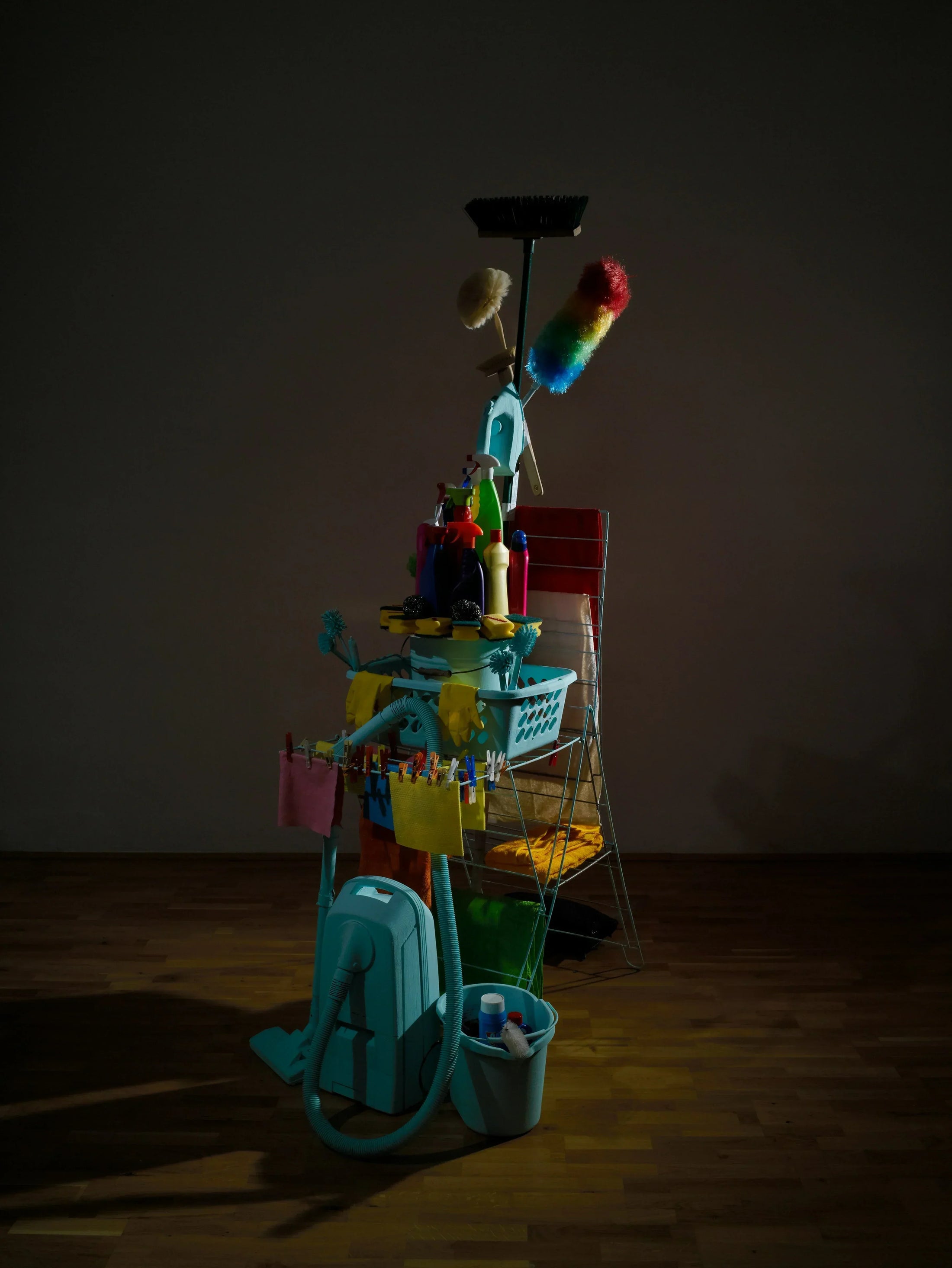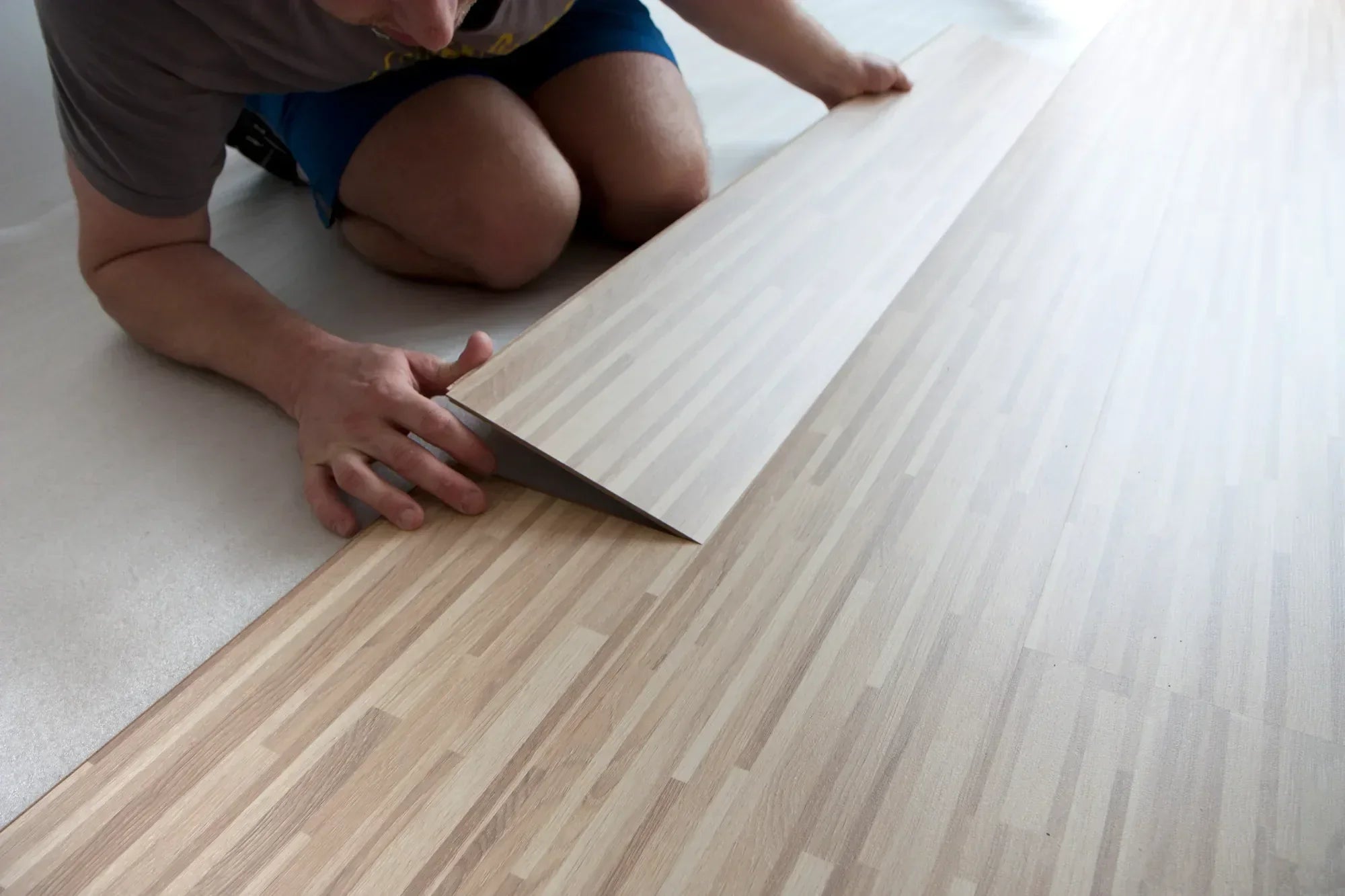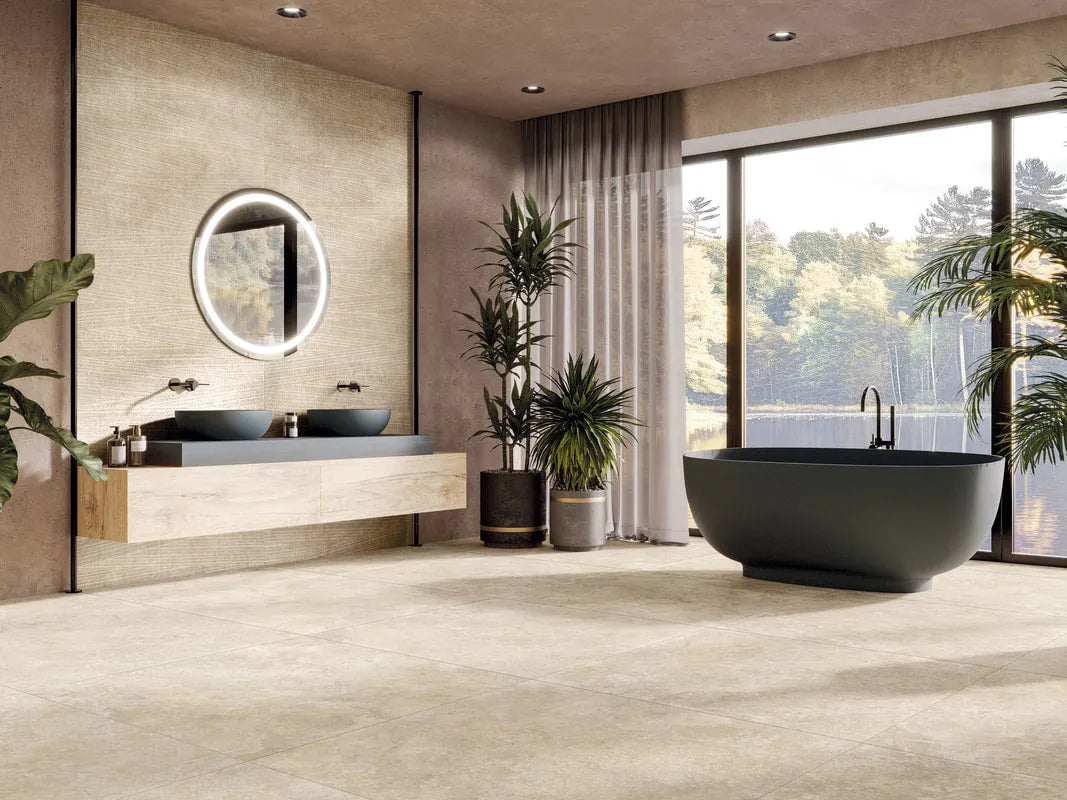Engineered wood is a popular choice for modern homes: it combines the elegance of real wood with great stability. When it comes to maintaining it, however, one question often arises: how to clean engineered wood floors without damaging them?
The wrong product or too much water can damage the finish, cause the planks to swell, or leave irreversible marks. Conversely, a proper cleaning routine can extend the life of your floor for years.
In this article, you will discover the right actions to take on a daily basis, the mistakes to avoid and the safe products to use for your factory-varnished engineered wood floors.
Summary
- What is engineered wood flooring?
- Understanding engineered wood to maintain it better
- Regular cleaning: the right daily actions
- Deep cleaning: when and how to do it
- What to absolutely avoid
- Practical tips to extend the life of your floor
- Conclusion
- FAQ – Cleaning Engineered Wood Flooring
What is engineered wood flooring?
An engineered wood floor is made up of several layers. The top layer is made of real wood: oak, maple, walnut, etc., while the lower layers are made of plywood or high-density fiberboard. This process makes the floor more stable than solid hardwood, especially in the presence of humidity fluctuations.
Visually, it's difficult to distinguish engineered wood from solid hardwood flooring. When it comes to maintenance, certain precautions are necessary to avoid damaging the surface or inner layers. You can learn more about the differences between these two types of wood by reading our article on the subject .
Understanding engineered wood to maintain it better
Before you get out the mop, it's important to understand the type of flooring you have under your feet. Engineered wood has its own unique characteristics, and proper maintenance begins with a good understanding of its structure and finish.
Solid wood or engineered wood: what are the differences in maintenance?
Solid wood can be sanded multiple times, while engineered wood only allows for sanding once or twice, depending on the thickness of the top layer. This means routine maintenance should be more preventative. It's best to avoid harsh gestures or abrasive products, as there's less room for error .
Additionally, engineered wood is often installed in a floating or glued-down installation, making it more susceptible to standing water and excessive moisture. Therefore, gentle, well-wrung cleaning methods are recommended.
Regular cleaning: the right daily actions
Proper maintenance starts with a simple, consistent routine. While engineered wood is more stable than solid wood, it remains susceptible to harsh chemicals, water, and abrasives. Here's how to clean your floor properly without compromising its beauty or durability.
Sweep and vacuum without scratching

The first step is also the most important: remove dust and small particles that can scratch the surface. Use a soft microfiber broom or a vacuum cleaner with a brush attachment designed for wood floors. Avoid hard rotating brushes or damaged casters that could mark the finish.
Vacuum regularly, especially in high-traffic areas like the entryway, living room, or kitchen. This simple habit helps prevent the buildup of sand, salt, or grit, especially in winter.
Wet cleaning: how often and with which tools?
Contrary to popular belief, it is possible to clean an engineered wood floor with water, provided you use a well-wrung mop. Water should never be allowed to pool on the surface. Use a slightly damp microfiber mop and clean in sections to give the water time to dry quickly. Ideally, spray a small amount of specialized cleaner and wipe dry.
The frequency depends on the room's use. A kitchen or dining room might require light cleaning once a week, while a bedroom can be cleaned every two weeks.
The best recommended soft products
To clean an engineered wood floor without damaging its finish, choose a gentle, pH-neutral cleaner specially formulated for varnished wood surfaces. These products clean effectively without leaving streaks, sticky film, or residue that could damage the floor's natural shine.
Avoid homemade solutions like vinegar, greasy soaps, or all-purpose detergents: although they may seem harmless, they can, in the long run, dull the finish or damage the factory-applied protective layer.
Deep cleaning: when and how to do it
Even with regular maintenance, engineered wood floors sometimes need a more thorough cleaning. Whether it's to remove stubborn dirt, revive a dull finish, or eliminate a lingering odor, it requires careful cleaning.
Signs that intensive cleaning is needed
Here are some signs that indicate a more thorough cleaning is needed:
-
The floor feels sticky even after regular cleaning.
-
Greasy stains, spills, or sticky residue remain.
-
The floor's shine is uneven or weakened in places.
-
You notice a stagnant odor in certain areas.
Steps for effective cleaning

-
Dust thoroughly : Start by sweeping or vacuuming to remove any dry residue.
-
Prepare a mild solution : Use a cleaner specific to engineered wood, diluted in warm water, according to the manufacturer's instructions.
-
Use a well-wrung cloth : clean little by little, with a clean, damp cloth, never soaking wet.
-
Change the water often : Dirty water can spread dirt instead of removing it.
-
Dry thoroughly : Wipe with a dry cloth after cleaning to speed up drying and avoid any traces of moisture.
Revive the shine of your floor: when and how to do it
Even with regular maintenance, engineered wood floors can lose some of their shine over time, especially in high-traffic areas. If the finish begins to look dull or worn in areas, you can use a reviver compatible with pre-finished finishes.
These products restore shine to the surface and form a thin protective layer without altering the original color of the wood. They should always be recommended by the manufacturer and applied as directed, using a soft cloth or clean microfiber mop.
⚠️ Caution : Never use waxes, oils, or products designed for other types of finishes. These solutions could compromise the adhesion of the existing varnish and affect the durability of the floor.
What to absolutely avoid
Engineered wood flooring is durable, but it's not impervious to everything. Certain actions or products, even well-intentioned ones, can permanently damage it. Here are the most common mistakes to avoid to keep your floor beautiful and functional longer.
Products to ban
-
Vinegar
-
Bleach or ammonia
-
Black or oily soap
-
Multi-surface cleaners too powerful
Common Mistakes That Damage Flooring
-
Too much water on the mop
-
Forgetting to dry after cleaning
-
Use a brush or abrasive sponge
-
Rubbing a stain with a hard object
Tips to prevent damage
-
Felt pads under furniture
-
Absorbent mats at the entrance
-
Wipe up any spills quickly
-
Maintain a stable humidity level
-
Avoid hard soles and stiletto heels indoors
Practical tips to extend the life of your floor

Control ambient humidity
Maintain relative humidity between 35% and 55% . Use a humidifier or dehumidifier depending on the season.
Protect busy areas
Use washable mats with non-rubberized backing in critical areas.
Establish a seasonal routine
-
Winter : watch out for calcium, sand, wet boots.
-
Spring/Autumn : rain, mud, variable humidity.
-
Summer : heat, direct sun, air sometimes too humid.
Common gesture at home: Is it safe for a varnished floor?
|
Commonly used gesture or object |
Is this recommended? |
Why / Potential impact |
|---|---|---|
|
Very wet mop |
❌ No |
Risk of swelling between the blades |
|
Silk or microfiber broom |
✅ Yes |
Removes dust without damaging the finish |
|
Steam mop |
❌ No |
Heat + humidity = possible detachment |
|
Neutral pH wood cleaner |
✅ Yes |
Formulated to respect the varnish finish |
|
Diluted vinegar or homemade soap |
❌ No |
Too acidic or greasy, damages the varnish layer |
|
Entrance mat with rubber backing |
❌ No |
May mark or stain the floor |
|
Felt pads under furniture |
✅ Yes |
Protects against scratches |
|
Disinfectant wipes (Lysol type) |
⚠️ To avoid |
Contains alcohol, may dull the finish |
Conclusion
Cleaning engineered wood floors requires little effort, provided you use the right products, tools, and techniques. Proper maintenance not only preserves their original appearance, but also extends their lifespan for years to come.
Remember: avoid excess water, ban harsh products, and adopt a gentle and consistent routine.
Are you unsure about the maintenance of your current or future floor? At Emard Couvre-Planchers, our specialists will help you choose the right products and implement an effective routine tailored to your floor type. Contact us or visit our store for personalized advice.
FAQ – Cleaning Engineered Wood Flooring
Can you wash engineered wood flooring with water?
Yes, but always in moderation. Use a well-wrung damp cloth, never a wet one. Standing water can damage the surface or seep into the joints.
What products are safe for cleaning engineered wood floors?
Use a mild, pH-neutral cleaner designed for wood floors, such as Finitec. Avoid vinegar, ammonia, greasy soaps, or harsh all-purpose cleaners.
Can you use a steam mop on engineered wood?
No. The combination of heat and humidity can damage the finish or cause the blades to warp. Instead, use a slightly damp microfiber mop.
How to remove a stubborn stain from an engineered wood floor?
Dab gently with a damp cloth and a little mild cleaner. For greasy or stubborn stains, use a specialized product recommended by the manufacturer. Never rub with an abrasive object.



